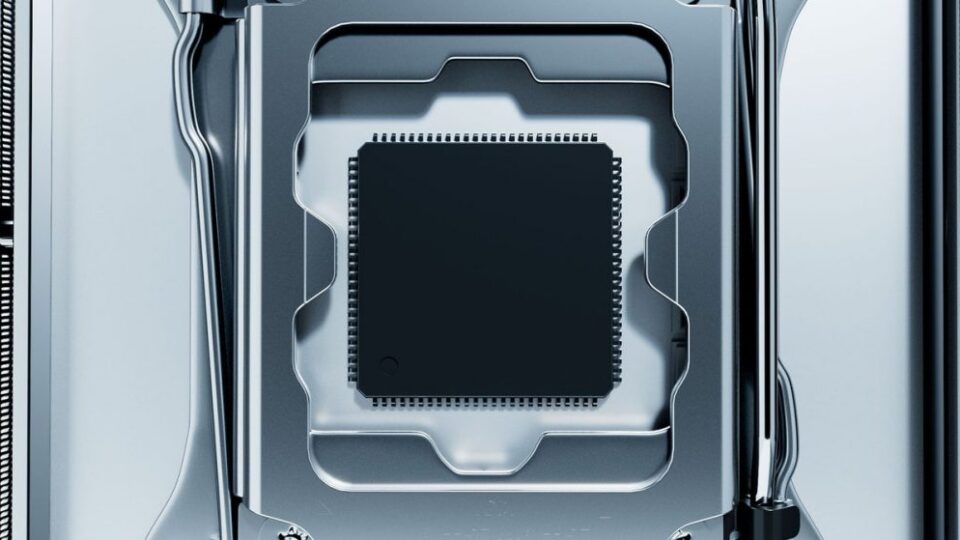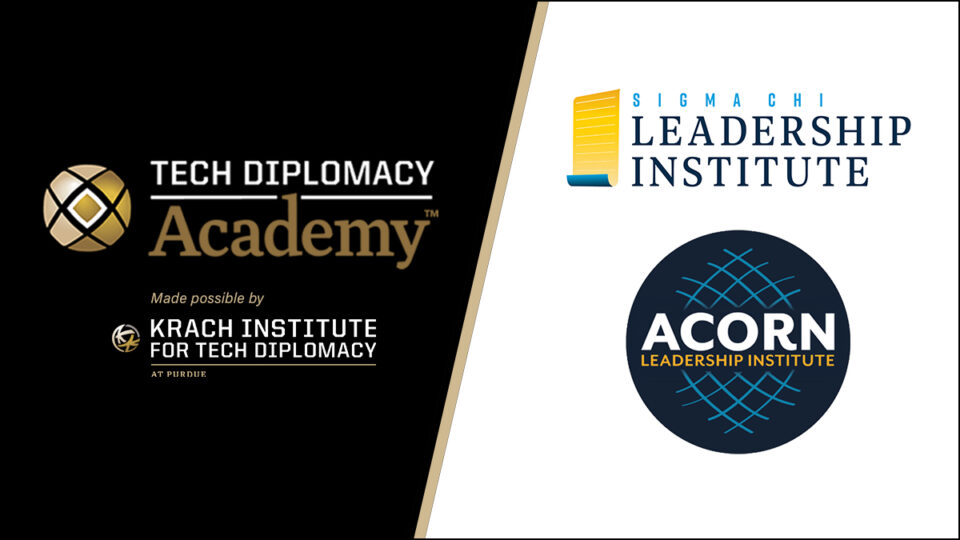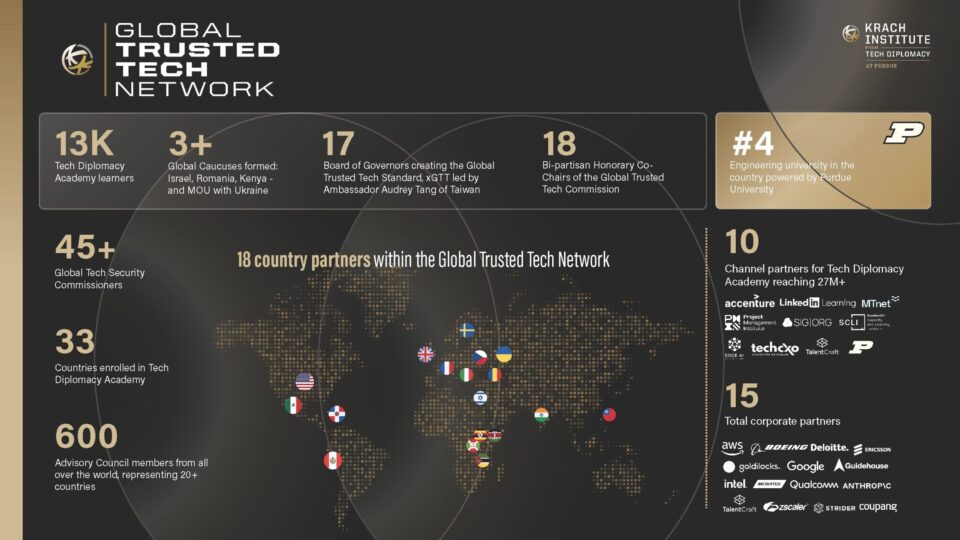I Saw the Face of God in a TSMC Semiconductor Factory
03.21.23
Source: Wired

Like a dutiful valet who exists only to make his aristocrat look good, TSMC supplies the brains of various products but never claims credit. The fabs operate offstage and under an invisibility cloak, silently interceding between the flashy product designers and the even flashier makers and marketers. TSMC seems to relish the mystery, but anyone in the business understands that, were TSMC chips to vanish from this earth, every new iPad, iPhone, and Mac would be instantly bricked. TSMC’s simultaneous invisibility and indispensability to the human race is something that Jensen Huang, the CEO of Nvidia, likes to joke about. “Basically, there is air—and TSMC,” he said at Stanford in 2014.
“They call Taiwan the porcupine, right? It’s like, just try to attack. You may just blow the whole island up, but it will be useless to you,” Keith Krach, a former US State Department undersecretary, told me a few weeks before I left for Taiwan. TSMC’s chairman and former CEO, Mark Liu, has put it more concretely: “Nobody can control TSMC by force. If you take by military force, or invasion, you will render TSMC inoperative.” If a totalitarian regime forcibly occupied TSMC, in other words, its kaiser would never get its partner democracies on the phone. The relevant material suppliers, chip designers, software engineers, 5G networks, augmented-reality services, artificial-intelligence operators, and product manufacturers would block their calls. The fabs themselves would be bricked.
AS TSMC SCIENTISTS describe the face of nature, nation-states compete to make better semiconductors. They’re either building fabs and improving technology to keep up with TSMC, as China is hell-bent on doing, or deepening an alliance with TSMC and Taiwan, which often speak as one. That’s what the US is doing. Although the special relationship between the US and Taiwan is still an ambiguous affair, it may now compete in consequence with the 20th-century alliance between the US and the UK.
The CHIPS and Science Act, which US President Joe Biden signed into law in August 2022, grew out of a $12 billion deal to bring TSMC fabs to American soil. That deal was brokered in large part by Keith Krach while he served as the US’s chief economic diplomat. Among Krach’s goals was to fortify a dependable supply chain based on TSMC’s broad network of suppliers. The CHIPS Act now provides roughly $280 billion to boost American semiconductor research, manufacturing, and security, with the explicit aim of aggressively sidelining China from the sector—and thus from the world economy. “Xi is absolutely obsessed with the semiconductor business,” Krach said
TSMC opened its first fab that year and not long after laid the cornerstone for its headquarters in the same Hsinchu park as UMC and Wang. The Taiwanese government and the Dutch electronics company Philips were the first major investors. The Taiwanese–Dutch connection, formed in the early 17th century when the Dutch East India Company set up a trading base on the island, has been a leitmotif in semiconductors. Not only was Philips instrumental in starting TSMC, but TSMC’s blood brother in chipmaking is now ASML, the photolithography giant based in Veldhoven.
Chips, the ones without ketchup, would eventually take the place of umbrellas and Barbie dolls in Taiwan’s economy. And with its engineers developing the leading-edge chips faster than any place on earth, Taiwan did indeed force the US to rely on it.

